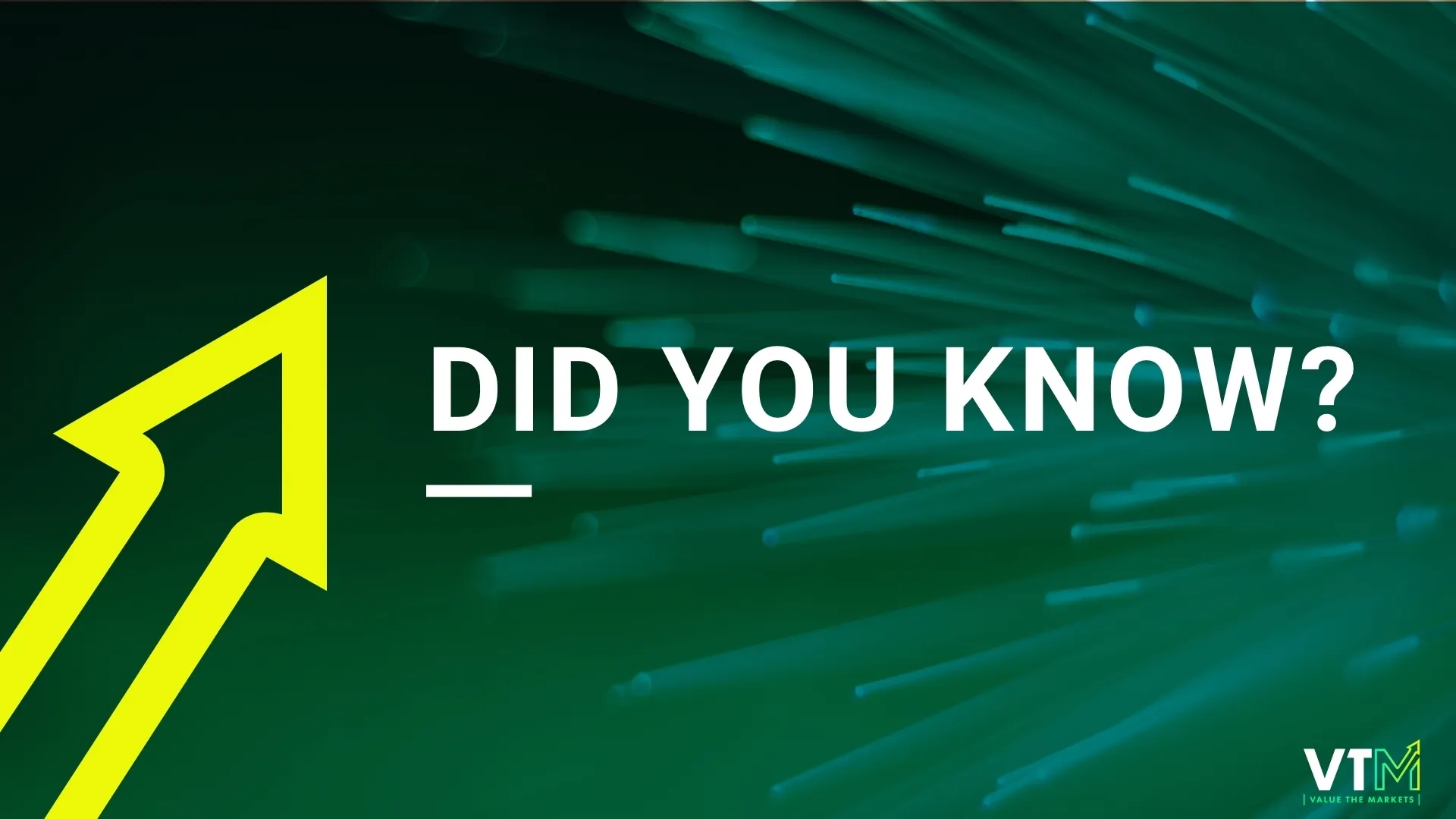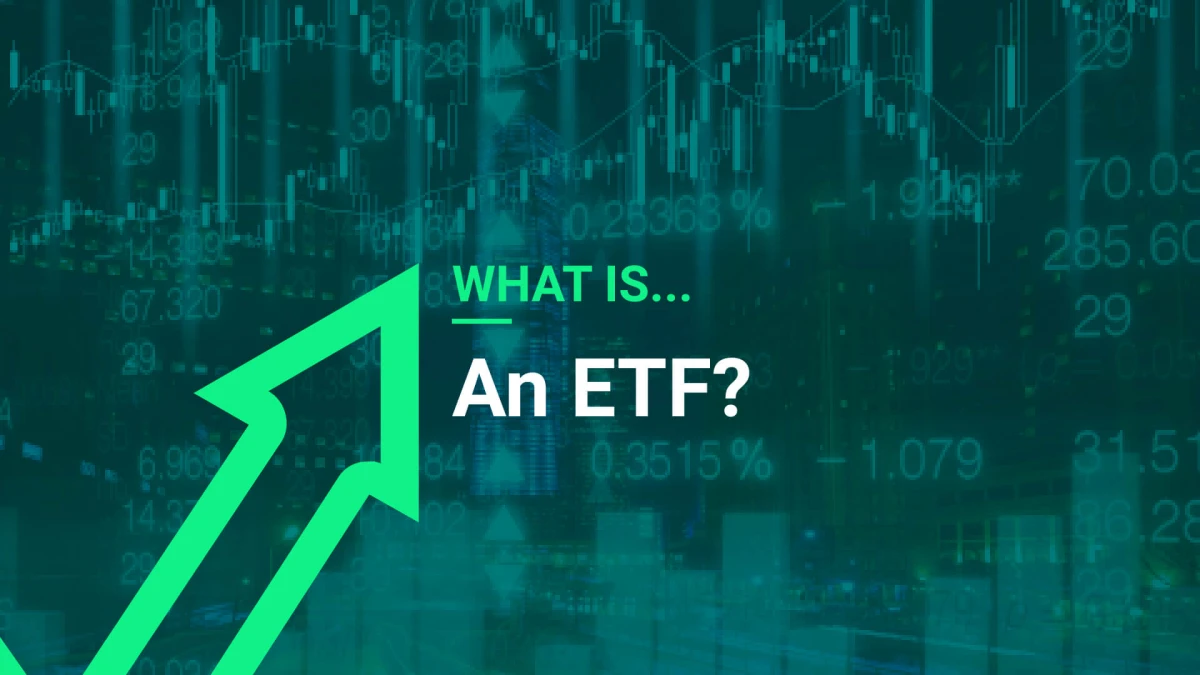An exchange-traded fund (ETF) can be bought and sold (traded) on a stock exchange, such as the New York Stock Exchange (NYSE). Rather than just belonging to one single company, an ETF contains a selection of different equities (stocks).
Buying shares in an ETF allows you to invest in a basket of underlying investments through one asset. They are clearly specified, so each one has a theme or purpose, for instance, a technology ETF will contain a selection of tech-related investments.
ETFs are a hugely popular way to invest in the stock market. Part of the reason for this is that they’re a form of passive investing, which means investors can set and forget.
Their appeal lies in their straightforward simplicity, which gives investors a way to diversify. ETFs are popular for generating income, speculating on sweeping industry movements, reducing investment risk, or hedging a portfolio.
An ETF is traded during the working hours of the stock exchange in the same way that stocks are bought and sold. It differs from a mutual fund which trades based on its end-of-day price.

ETFs in the United States tend to be constructed as open-ended funds, which means there is no limit to the number of investors buying the product.
#How ETFs work
When buying shares in a specific company, you receive the number of shares relative to your investment. So, if the shares cost $25 each and you invest $1000, you receive 40 shares. If the company’s value increases, your investment goes up, and if the value of the company decreases, your investment goes down.
The same is true of an ETF, but each share you own equates to several underlying companies. Therefore, as the value of the underlying assets fluctuate, so does your investment. As there are multiple companies in the fund, the volatility balances out. This is why an ETF is considered a less risky investment than an individual stock.
You can earn money from ETFs in the same way you do from stock investing via capital gains and dividends.
Capital gains refer to the money earned when the underlying investment increases in value. Dividends are a bonus paid out one or more times a year, like an interest payment. The dividends can be reinvested to help grow the investment through compounding or taken as cash.
#Types of ETF
ETFs tend to come in two core types, distribution (income) and accumulating. The distributing fund will return a percentage to the investor periodically as cash, while the accumulating fund will reinvest the interest.
Aside from this core type, ETFs come in an endless array of choices of the underlying equity. Some follow an index, such as the S&P 500. This ETF tracks the constituents of the S&P 500. So, the value of the investment goes up and down in line with the value of the index.
Meanwhile, a commodity ETF may follow specific commodities such as gold, silver, or crude oil. Or it may be a broad commodity ETF containing a variety of precious metal investments or agricultural stocks.
Index ETFs
These contain all the constituents of a given index, such as the NASDAQ, S&P 500, or FTSE 100. Or it could be a more specialist index, such as the Bloomberg Tin Subindex. This Subindex doesn’t contain specific constituents but instead reflects the return of underlying commodity futures price movements. Futures are an advanced form of investing under the branch of derivatives.
Industry ETFs
Industry ETFs cover individual industry sectors such as technology, pharmaceuticals, defense, banking, or retail, to name a few.
Commodity ETFs
Commodity ETFs can be specific to a commodity such as gold, copper, oil, or corn. They can also be generic, covering a mix of precious metals or agricultural stocks.
Emerging Markets ETFs
Emerging Market ETFs give investors exposure to foreign markets. This is a popular way to diversify a portfolio.
Bond ETFs
Bond ETFs can include corporate bonds, government bonds, and municipal bonds (which cover state and local government bonds).
Currency ETFs
A Currency ETF invests in foreign currencies such as the Canadian or Australian dollar, Euro, British Pound, or Indian Rupees.
Inverse ETFs
An Inverse ETF makes money when the underlying assets lose value. The Inverse ETF is created using derivatives that bet against stocks through a process called shorting. This is when the investor expects a stock to decline in value and makes money if proved correct.
Inverse ETFs are a less popular exchange-traded fund, but they are an option for those investors who want to short stocks with reduced risk. The Inverse ETF is often constructed as an exchange-traded note, which is not a true ETF. Instead, it is a bond backed by its issuer (e.g., bank or business) but trades like a stock.
#Advantages of an ETF
Big picture investing
ETFs are popular with investors who like to take a big picture view of the macro environment. For instance, as the pandemic hit, a macro investor might have invested in a pharmaceuticals ETF, foreseeing that pharma stocks would likely increase in value as a race to find a vaccine began.
This type of ETF takes the risk away from investing in one or two specific stocks. When the general feel of the market is understood, but the outright winners are not clear, buying shares in one or two stocks can be more akin to gambling than methodical investing.

Most ETFs are managed by a team of SEC-registered investment professionals that know the sector inside out. Therefore, investors can take comfort in recognizing that the professionals should be more knowledgeable when choosing the best investments to include in the ETF.
Steady returns
The risk/reward ratio usually means the riskier an investment, the higher the potential return (or loss). As ETFs mitigate some of the risks, the upside is capped, but that doesn’t necessarily lessen their appeal.
In a low-interest-rate environment, the yield earned from ETFs can beat alternative savings rates, such as those offered by banks. This is another reason ETFs have risen in popularity.
Income investing
With a large enough investment, the revenue earned can be relied upon to provide a steady income to investors. An income ETF distributes regular income to shareholders. This is sometimes used to top up a state pension.
Set and forget
The most significant appeal in exchange-traded funds is their passive nature. Active investing requires commitment and constant monitoring, but ETFs don’t. That’s because the ETF professionals are entrusted to do the work for the shareholders.
#Disadvantages of an ETF
A boring investment
Investing in an ETF is often deemed boring. That’s because the losses in a poor performer often suppress the gains in one runaway stock.
Risk of losses
Although an ETF is designed to mitigate losses, ETFs are not immune to crashes in a market downturn. Their success depends on the progress of the underlying investment, so if the entire market is down, the ETF will be too.
Some sectors are riskier than others. For instance, commodity ETFs are riskier than industry ETFs, and both are riskier than index ETFs. But overall, ETFs are a safer investment than buying individual equities.
Suppressed Diversification
While ETFs offer a way to diversify a portfolio, there can be a risk of limited diversification within an ETF. For instance, in a foreign stock ETF, the shareholder may have exposure to a limited stock group due to availability. If the ETF only contains large-cap stocks, for instance, then the investor could be missing out on the growth potential found in mid and small-cap companies.
Unforeseen Costs
ETFs are generally considered an affordable way to invest, but they incur a small management fee as they’re partially managed. Sometimes investing directly in a specific stock will work out cheaper than investing in an ETF. Also, the more specialist niche ETFs may incur a wider bid/ask spread, which means the costs for buying the underlying stocks is higher than buying the individual stocks directly.
Lower Dividend Yields
Some ETFs do pay dividends, but the yields tend to be lower than owning shares in individual dividend stocks. As an ETF tracks a broad market, the yield is diluted. Again, the risk in owning an ETF is usually lower than owning a high-yield stock, but sometimes the yield more than makes up for the risk in owning the equity outright.
#Where’s the ‘Value’?
In for a penny: you can start investing in an ETF with a small amount of money. Fee-free brokers have eliminated the barrier to investing so beginners can get started with as little as a dollar.
Increasing popularity: ETFs are an increasingly popular investment. According to Bank of America research from 2019, ETF assets grew consistently at 25% annually for the prior decade.
Good for beginners: ETFs are great for introducing beginners because they are simple to understand, and getting started is affordable.
It can be safer: Investing in ETFs still means investing in stocks, but instead of investing in one, you’re investing in several. Therefore, it is safer than investing in individual stocks, but there are still disadvantages to be aware of.
